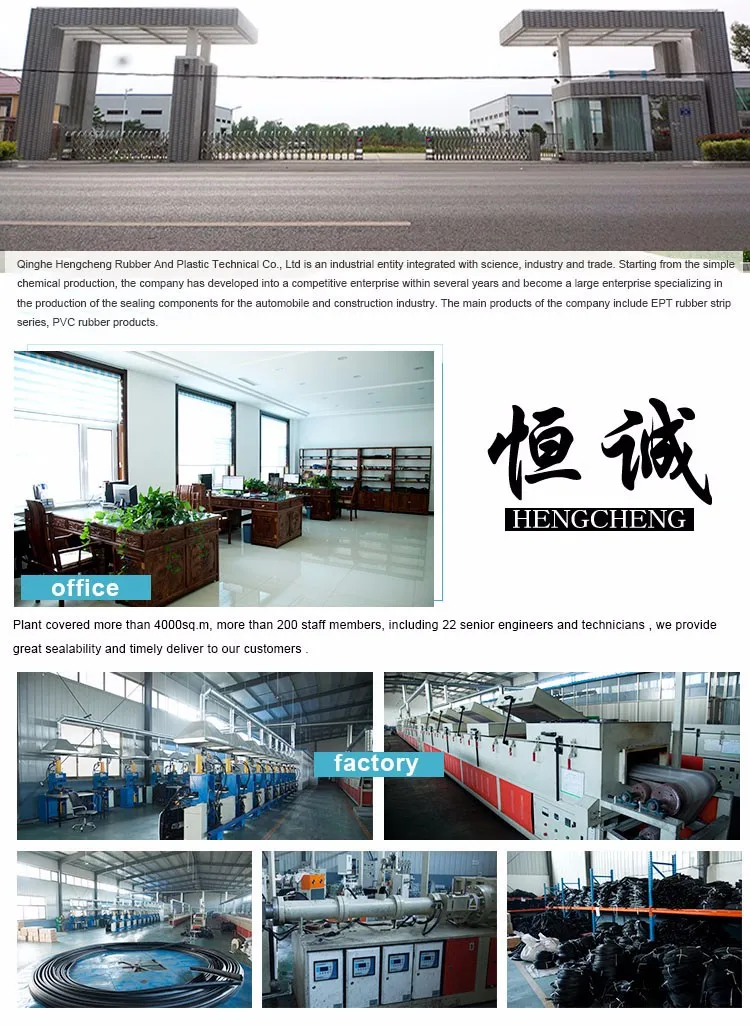Beyond water treatment, sodium dichloroisocyanurate is also utilized as a powerful surface disinfectant in various settings, including homes, hospitals, and food processing industries. Its effectiveness against a wide range of pathogens, including bacteria and viruses such as H1N1 and HIV, makes it an important tool in infection control practices. Facilities that require stringent hygiene standards, such as hospitals and clinics, often employ NaDCC for cleaning and sanitizing medical equipment and surfaces. In the food industry, the compound can be used to sanitize utensils, surfaces, and equipment, ensuring that food products are free from harmful microorganisms.
 Home
Home














